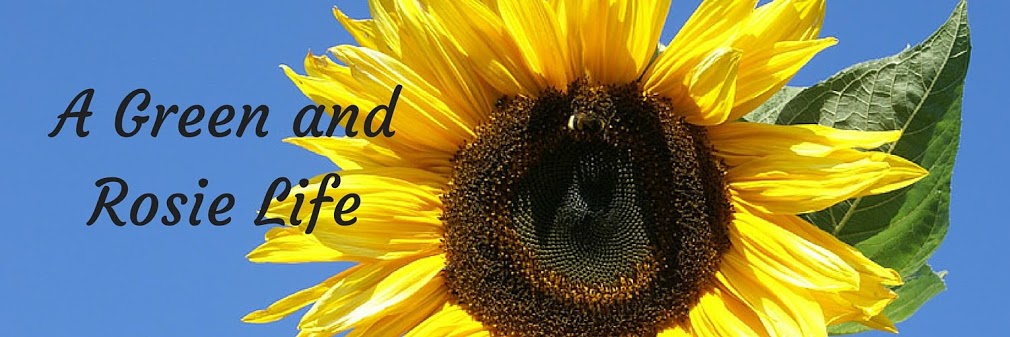In the second of our series of nature games and activities for children today we have:
The Un-Nature Trail
This activity helps children develop good observation skills and can be a good way to introduce them to the concepts of man-made v natural and camouflage. It's also great fun!
You will need to collect a range of small man-made objects that can be hidden outside. Good examples include a small toy car or Lego, a bulldog clip, a hair scrungy, a pencil, a keyring etc etc - having things you can hang up is good too. For younger children you may first need to help them understand the difference between something man-made and something natural.
 |
| Suitable Un-Nature Trail Objects |
Arrange the items along a set trail in the garden (or park/local woodlands) hiding them both on the ground and up in the trees/bushes. Make sure some are easy to find and others are more hidden or camouflaged. If you have a small mirror, preferably without a frame, this can be hidden in grass such that it is almost impossible to see. Make sure you remember where it is though!
Explain to your children that there are a number of man-made items along the trail, but do not tell them how many. Ask them to walk the trail seeing how many they can find. Generally they see the most obvious ones but need to be sent back again to look more closely for others. Once they have had a couple of goes take them along the trail and then show them where all the items are. I used to save the mirror until last and listen to the oohs and ahhs of how well hidden it was in the grass! I also have an old green scrungy that just seems to disappear when placed in a tree with leaves of a similar colour - great camouflage!
 |
| School children on an Un-Nature Trail |
Depending on the ages of the children you may want to leave it there or spend some time talking about this activity in more detail. Good questions to start a discussion include:
- Why do animals need to be camouflaged?
- Name some very well camouflaged animals
- Why are some animals brightly coloured ie ladybirds? (They use the fact they taste horrible rather than camouflage to protect themselves)
- Are any animals able to change their looks to fit in with their surroundings? Chameleons and some flatfish can and the Pepper Moth has over a number of years adapted it's wing colour from pale to dark and back to pale in presence to the soot deposits on trees before, during and after the Industrial Revolution.
- Humans are not camouflaged - how do we protect ourselves?
- Why are both predators and prey camouflaged?
You could also print off some animal pictures for children to colour and camouflage or head back out and see what camouflaged animals you can find.
Do let us know if you have a go at doing this activity. What items were really hard for the children to find and do some children have better observational skills than others? In the wild they were more likely to be the survivors.


What a great idea, fun and learning outdoor activity all in one.
ReplyDeleteThanks for linking #LetKidsbeKids
The best form of learning ;)
DeleteFab idea Rosie, definitely one to keep in mind next time we end up with a house full of guests #letkidsbekids
ReplyDeleteDo let me know if you do it.
DeleteI run a nature group for kids and will definitely be putting this on the list for us to do! #letkidsbekids
ReplyDeleteExcellent - let me know how you get on.
DeleteWhat a great idea! Love the "thinking outside of the box!" #letkidsbekids
ReplyDeleteI have never know children (or adults) NOT enjoy this activity.
DeleteNice questions! Ones that will make them think. This is so much fun! #Letkidsbekids
ReplyDeleteThank you - The questions are great to get kids really thinking.
DeleteOne for our Summer Bucket List! #letkidsbekids
ReplyDeleteGive it a go and let me know how your children liked it.
DeleteLove. A good nature trail ) #LetKidsBeKids
ReplyDeleteThank you Tina- hope you get to do it sometime.
DeleteGreat idea, my two would have fun doing this in the garden #letkidsbekids
ReplyDeleteI hope you get to do it with them.
Delete